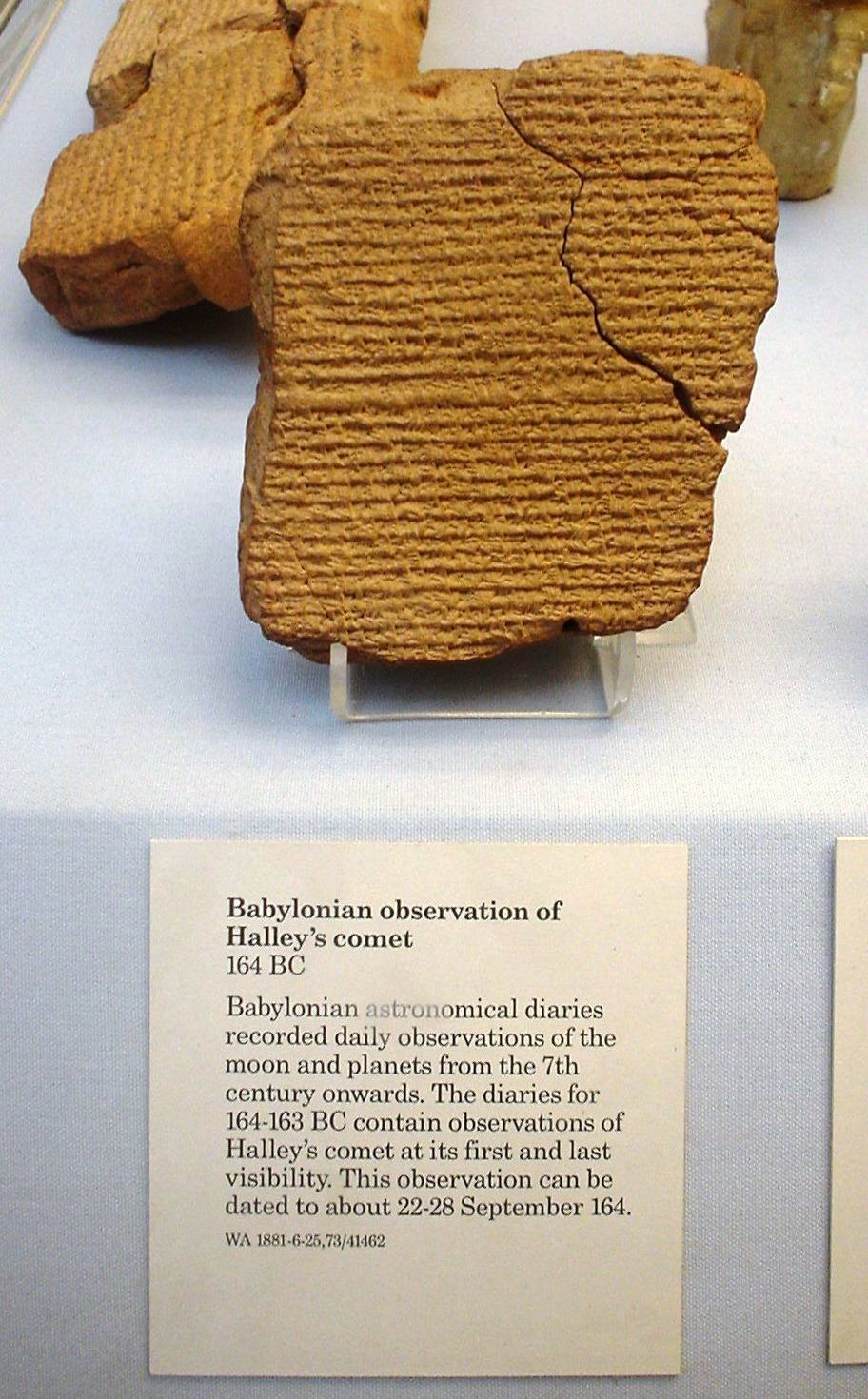Constellation
 star atlas ''Firmamentum Sobiescianum'', showing the stars as they would appear to an observer looking down upon the imaginary celestial sphere from the outside
* Top right: Illustration from the medieval Persian astronomical text Book of Fixed Stars
* Bottom left: Contemporary map of Orion from the IAU
* Bottom right: Photograph of the night sky with drawn lines
star atlas ''Firmamentum Sobiescianum'', showing the stars as they would appear to an observer looking down upon the imaginary celestial sphere from the outside
* Top right: Illustration from the medieval Persian astronomical text Book of Fixed Stars
* Bottom left: Contemporary map of Orion from the IAU
* Bottom right: Photograph of the night sky with drawn lines
A constellation is an area on the celestial sphere in which a group of visible stars forms a perceived pattern or outline, typically representing an animal, mythological subject, or inanimate object.
The first constellations were likely defined in prehistory. People used them to relate stories of their beliefs, experiences, creation, and mythology. Different cultures and countries invented their own constellations, some of which lasted into the early 20th century before today's constellations were internationally recognized. The recognition of constellations has changed significantly over time. Many changed in size or shape. Some became popular, only to drop into obscurity. Some were limited to a single culture or nation. Naming constellations also helped astronomers and navigators identify stars more easily.
Twelve (or thirteen) ancient constellations belong to the zodiac (straddling the ecliptic, which the Sun, Moon, and planets all traverse). The origins of the zodiac remain historically uncertain; its astrological divisions became prominent in Babylonian or Chaldean astronomy. Constellations appear in Western culture via Greece and are mentioned in the works of Hesiod, Eudoxus and Aratus. The traditional 48 constellations, consisting of the zodiac and 36 more (now 38, following the division of Argo Navis into three constellations) are listed by Ptolemy, a Greco-Roman astronomer from Alexandria, Egypt, in his ''Almagest''. The formation of constellations was the subject of extensive mythology, most notably in the ''Metamorphoses'' of the Latin poet Ovid. Constellations in the far southern sky were added from the 15th century until the mid-18th century when European explorers began traveling to the Southern Hemisphere. Due to Roman and European transmission, each constellation has a Latin name.
In 1922, the International Astronomical Union (IAU) formally accepted the modern list of 88 constellations, and in 1928 adopted official constellation boundaries that together cover the entire celestial sphere. Any given point in a celestial coordinate system lies in one of the modern constellations. Some astronomical naming systems include the constellation where a given celestial object is found to convey its approximate location in the sky. The Flamsteed designation of a star, for example, consists of a number and the genitive form of the constellation's name.
Other star patterns or groups called asterisms are not constellations under the formal definition, but are also used by observers to navigate the night sky. Asterisms may be several stars within a constellation, or they may share stars with more than one constellation. Examples of asterisms include the teapot within the constellation Sagittarius, or the Big Dipper in the constellation of Ursa Major. Provided by Wikipedia
1